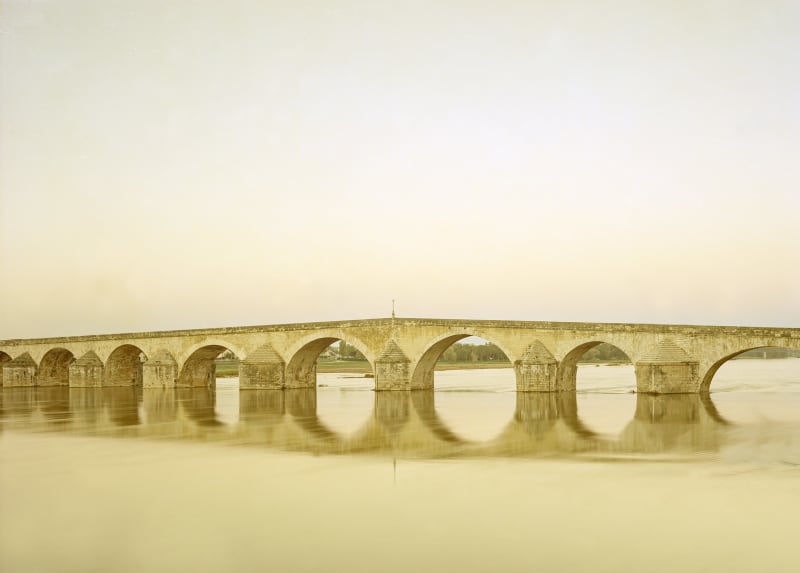
Elger Esser
Biography
ELGER ESSER (b 1967)
Elger Esser’s works are concerned with the historical relationship between painting and photography, creating lyrical and often introspective images, in which the landscape and memory is entwined. Having studied in Düsseldorf under the tutorship of Berndt and Hilla Becher in the 1990s, Esser forged a singular and distinctive approach to contemporary photography, with a strong emphasis on narrative and craftsmanship. Esser's reappraisal of the history of photography begins with its technological foundations, often re-addressing early photomechanical processes and materials, including heliogravure and silver gelatine prints, as well as the widely reproduced format of the postcard. His works echo the discoveries of early masters of photography, while evoking broad art historical references in both form and content, from the 17th century Dutch Golden Age to the Romantic painters of the 19th century.
In many of his most recent works, Esser explores new techniques using historical materials, printing the photographs on silver-coated copper plates. Esser's development of this technique was influenced by the 17th Century German artist Adam Elsheimer, whose works were predominantly painted on copper supports. This material process adds further luminosity to the subtle tonal shifts of Esser's intimately-scaled images, where a diffused golden light unifies the sky, water and land.
The landscape is an enduring subject of Esser's work, often featuring bodies of water, with rivers and lakes providing the focus for bucolic country scenes, or brooding seascapes, with vast skies and distant shores. He describes water as "the element of our existence," providing a sublime metaphor for the source of life as well as the threat of danger. Within his work, it creates both a conduit into the image, and a psychological boundary.
Esser’s photographs are frequently referred to as existing outside of their specific place and time, resonating with both the past and present. While each photograph is named with its location, Esser describes his works as ‘internal landscapes,’ dislodging the image from its geography to reflect scenes that already exist in the mind.
Elger Esser studied at the Kunstakademie Düsseldorf under the tutorship of Berndt Becher. Esser's work has been exhibited in museums and galleries around the world, including Fondation Herzog, Basel, Switzerland, (2004), Haggerty Museum of Art, Milwaukee, USA, (2006); Gana Art Center, Seoul, South Korea, (2006); Norton Museum of Art, West Palm Beach, Florida, USA, (2007); Staatliche Kunsthalle Karlsruhe, Germany, (2016); Fondazione Stelline, Milan, Italy, (2017); Landesgalerie Linz, Austria, (2017); and Parasol unit foundation for contemporary art, London, UK, (2017); among many others. His work has been published in numerous monographs, and is in major collections including the Metropolitan Museum of Art, New York; Solomon R. Guggenheim Museum, New York; Albright-Knox Art Gallery, Buffalo, New York; Brooklyn Museum, New York; Centre Pompidou, Paris; Kunstmuseum, Stuttgart; Kunsthalle Karlsruhe; Kunsthaus Zürich; Rijksmuseum, Amsterdam; and Stedelijk Museum, Amsterdam.
Esser was Stuttgart, Germany, was raised in Rome, and lives and works in Düsseldorf.
Selected works
Video
News















